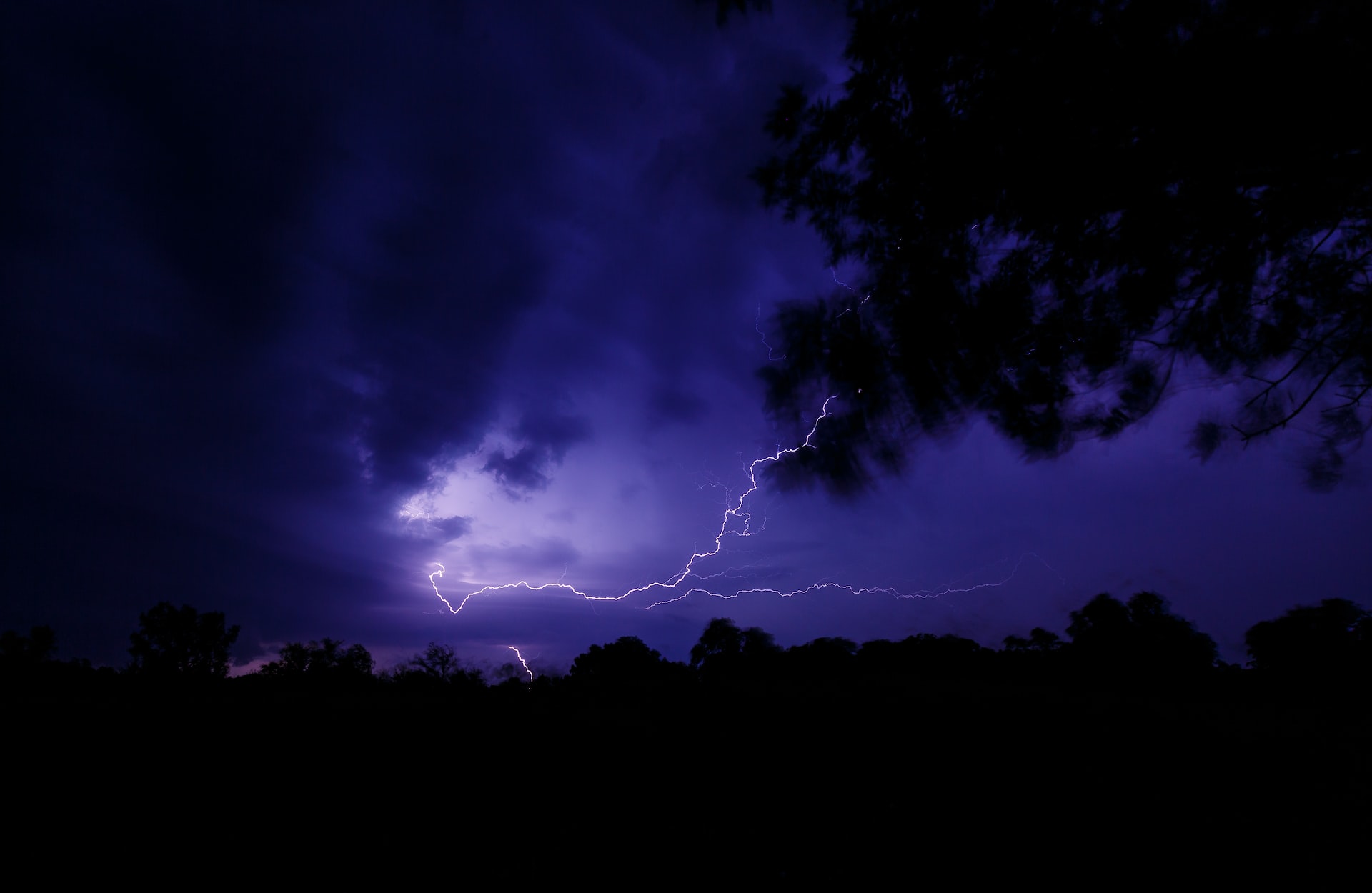Decoding the Science of Weather Forecasting: Techniques and Technologies Used in Weather Prediction

Weather forecasting is a complex field that involves the use of advanced technologies and mathematical models to predict the conditions of the atmosphere in the future. This science plays an important role in our daily lives, helping us to prepare for severe weather events, plan our outdoor activities, and make important decisions.
Background and Origins
Weather forecasting has a long history that dates back to ancient civilizations, who used observations of the sky and natural phenomena to predict the weather. However, it wasn’t until the 19th century that scientific methods were developed to make more accurate predictions.
The first official weather forecasts were issued in the United States in the late 1800s, and since then, weather forecasting has continued to evolve with the development of new technologies and mathematical models.
The Science of Weather Forecasting
Weather forecasting is a complex field that involves the use of advanced technologies and mathematical models to predict the conditions of the atmosphere in the future. These predictions are based on data collected by various instruments such as weather balloons, satellites, and radar. The data is then fed into mathematical models that simulate the behavior of the atmosphere and make predictions about future conditions.
Observations and Data Collection
The first step in weather forecasting is collecting data about the current conditions of the atmosphere. This data is collected from various instruments such as weather balloons, satellites, and radar. These instruments measure various parameters such as temperature, humidity, wind speed, and precipitation. The data is then used to create a snapshot of the current conditions of the atmosphere.
Mathematical Models
Once the data has been collected, it is fed into mathematical models that simulate the behavior of the atmosphere. These models take into account various factors such as the Earth’s rotation, the sun’s energy, and the movement of air and water to make predictions about future conditions. The models are constantly updated with new data to improve their accuracy.
Forecast Products
Once the data has been collected and processed by the mathematical models, it is used to create forecast products. These products can take many forms, including text forecasts, weather maps, and computer-generated images. They are used to communicate the forecast to the public and to make decisions about weather-sensitive activities.
Applications of Weather Forecasting
Weather forecasting plays an important role in our daily lives, helping us to prepare for severe weather events, plan our outdoor activities, and make important decisions. It also has various applications in fields such as agriculture, aviation, and energy production.
Conclusion
Weather forecasting is a complex field that involves the use of advanced technologies and mathematical models to predict the conditions of the atmosphere in the future. Science plays an important role in our daily lives, helping us to prepare for severe weather events, plan our outdoor activities, and make important decisions.





